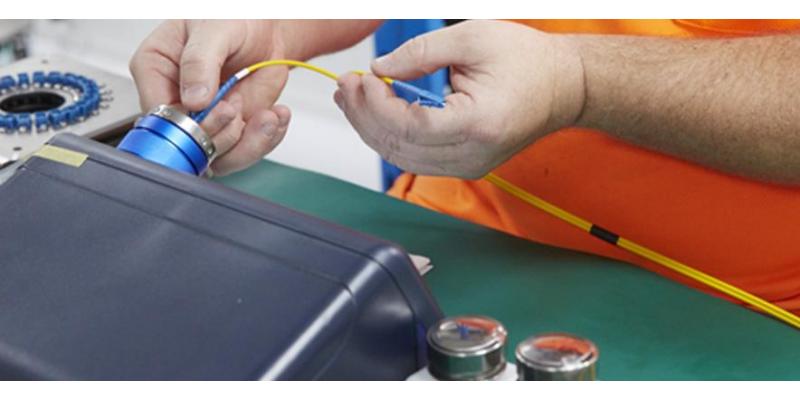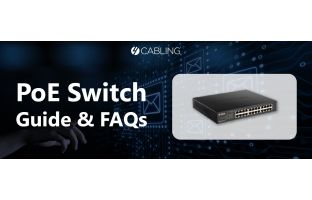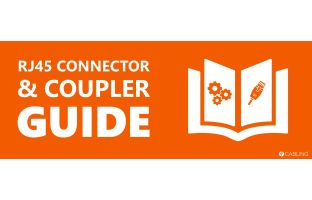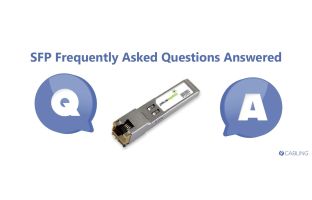What are fibre optic cables and what is their function?
Fibre optic cables are an innovative alternative to the traditional copper wire cables; they use a strand, or multiple strands, of glass, which light (data) passes through. Often the choice of fibre cabling indicates a specific requirement for speed (bandwidth) or the need to carry data further distances. Unlike copper wiring, fibre enables complete immunity to external sources of noise and it is much safer to run in the proximity of power (with the exception of metallic-armoured fibre or similar).
1) Singlemode Fibre
When would you use it: When high bandwidth at long distances is required, for example, at universities, hospitals and telecommunications networks.
What to look out for: Singlemode fibre has a smaller core (9 microns) than the multi-mode option, which reduces internal reflections, leading to increased bandwidth and light propagation. At 4Cabling, we sell singlemode fibre cables (OS1 or OS2 9/125) in a variety of colours; OS2 (released more recently than OS1) can reach up to 10Gb at 10 kilometres and 1Gb at 5,000 metres. At 4Cabling, we sell singlemode fibre cables between 0.5 and 30 metres.
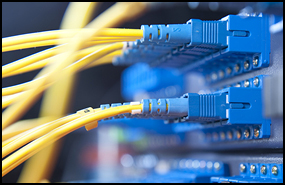

2) Multi-mode Fibre
When would you use it: When high bandwidth is required at shorter distances, like in the office or at home.
What to look out for: Multi-mode fibre has a larger core than its singlemode counterpart - OM3 / OM4 measures 50 microns. OM3 and OM4 can reach up to 10Gb to 300 and 400 metres respectively, and 40Gb and 100Gb are also achievable (100 metres for OM3 and 150 metres for OM4). At 4Cabling, multi-mode fibre cables (OM1, OM3 or OM4 10 Gig 50/125) are available between 0.5 to 30 metres. OM4 is backwards compatible with OM3.
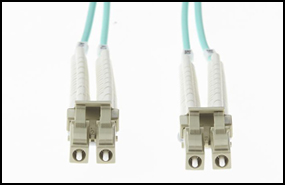

3) Flexi-boots
When would you use it: When using fibre to patch a network in a server rack.
What to look out for: The specialist flexi-boots are designed to bend closer to the connector, keeping fibre patch leads more organised, and set back from the server rack doors, ultimately extending the cable life and minimising damage. 4Cabling fibre cables with flexi-boots are available in 0.5 to 5 metres.
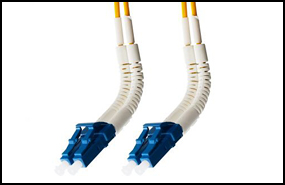

4) Pigtails
When would you use it: When splicing together two fibre cables. To splice fibre, training and specialist equipment is required.
What to look out for: Pigtails are a single, short, usually tight-buffered, fibre optic cable that has an optical coupler pre-installed on one end and a length of exposed fibre at the other. The end of the pigtail is ready to be stripped and fusion spliced to a single fibre of a multi-fibre trunk.
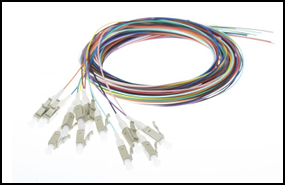

5) FOBOTs
When would you use it: A FOBOT is a patch panel solely for fibre optic cables, so it would be used to connect your internal network to an internet connection, local network (LAN) or wide area network (WAN).
What to look out for: ‘FOBOT’ stands for ‘fibre optic break-out tray’ and helps minimise any damage and interaction with the long run of cable, instead using easily replaceable patch lead. At 4Cabling, choose between Four wall mount FOBOTs, a 19” rack-mountable FOBOT or even our DIN mounted FOBOT.
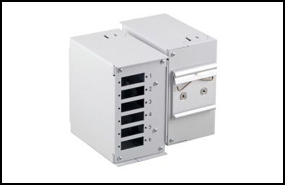

6) Fibre Termination Facility
When would you use it: When you need bespoke fibre cabling solutions, terminated to your specifications.
What to look out for: 4Cabling offers a premium cleanroom, fitted with state of the art fibre termination and testing facilities at our Alexandria branch in Sydney. After filling out our pre-terminated fibre checklist, a member of our dedicated team will get in touch with a quote and lead time. The Fibre Termination Facility puts your requirements at the forefront: you choose the type of fibre, connectors, core count, overall length and pulling socks. We also offer breakout, or fan-out, cables when terminating large strand count fibre optic cables that use 250um bare fibres, which can be broken or damaged easily when terminating.
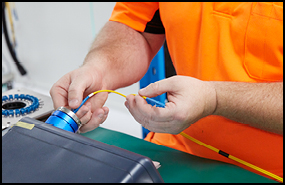

Accessories
7) Cable Management
When would you use it: Cable management is often an afterthought, but it is an essential, time-effective solution when organising your cables and preventing crosstalk between them.
What to look out for: Your choice of cable management depends on the job at hand. In server racks, space-saving cable ties and labels work best to group together cables and make them easily identifiable; no longer will you remove the wrong cable and cause network shutdowns. When you have a plethora of loose floor cables, choose between floor trunking and cable cover for carpet; for ceiling wires, umbilical cable management works best; and cable management baskets work best stacked or mounted under the desk. Choose between a variety of colours and material, such as soft ‘hook and loop’ cable ties and the traditional plastic option.
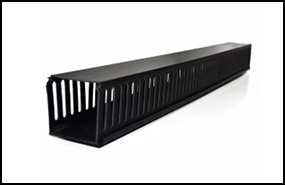

8) Fibre Coupler Adaptors
When would you use it: To combine cables together, or extend your fibre network.
What to look out for: Couplers, which are also referred to as fibre connectors, are available in SC, LC, ST Multimode and Singlemode. The choice between SC, LC and ST depends on the termination of your fibre cable, as does the choice between simplex and duplex - opt for the simplex for one fibre strand, and duplex for two. Quad couplers are also available. 4Cabling adaptors are high-quality, fitted with precision alignment sleeves and offer improved reconnect ability.
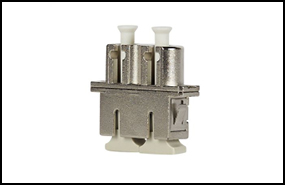

9) Pulling Socks
When would you use it: Pulling socks are fitted to make the moving of the fibre cables easier and safer when required to run through walls or ceilings.
What to look out for: 4Cabling's pulling socks consist of an extra piece of mesh netting, designed to protect the connectors from damage.
4Cabling. Quality products for a connected world.


